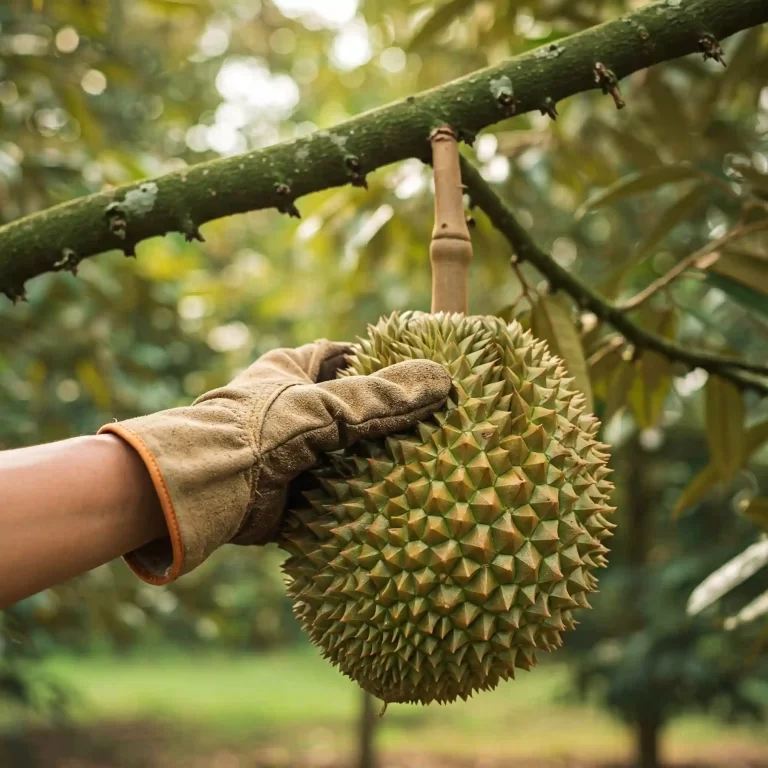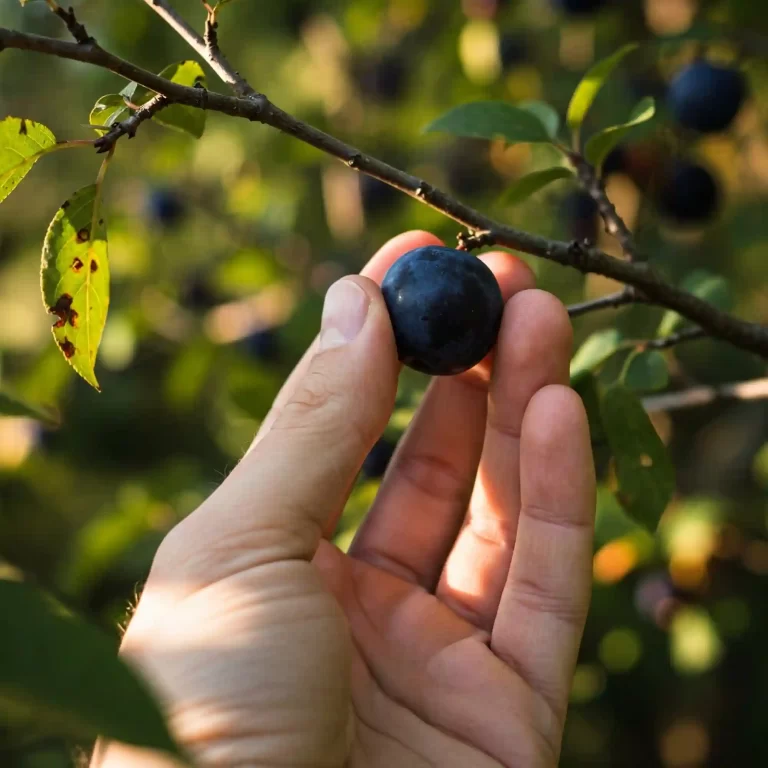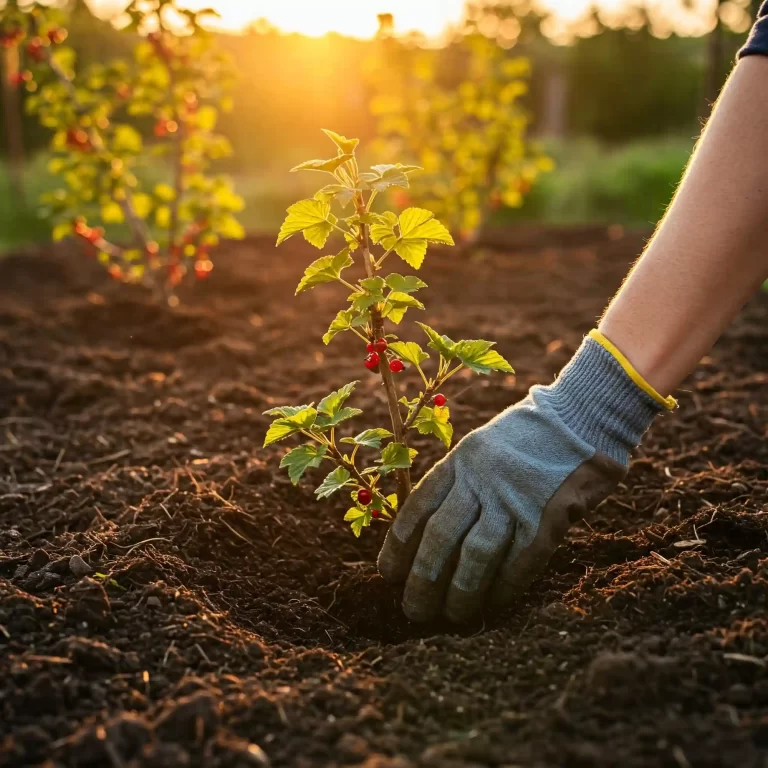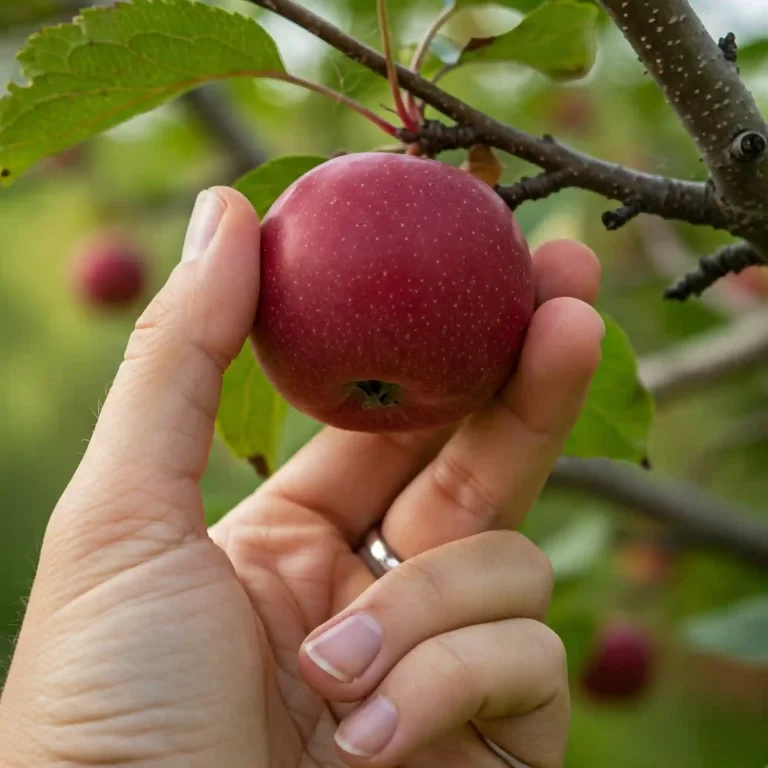Have you ever spotted vibrant patches clinging to rocks or draping across tree branches in your garden and wondered, “Can I grow those beautiful flowers?” While their colors and textures might be alluring, those intriguing organisms are not flowers at all! This article will unveil the fascinating truth about lichens and equip you with the knowledge to cultivate stunning blooms instead.
Unveiling the Mystery: Lichens – A Unique Partnership
Lichens are not single organisms, but rather a remarkable collaboration between a fungus and an algae or cyanobacteria (sometimes both!). The fungus provides structure and protection, while the algae or cyanobacteria captures sunlight and produces energy through photosynthesis. This symbiotic relationship allows lichens to thrive in harsh environments where neither partner could survive alone.
Why Lichens Don’t Belong in Your Flower Bed
While lichens add a touch of natural beauty to rocks and trees, they aren’t something you can cultivate in your garden like traditional flowers. Here’s why:
- Not Plants, But Partners: As mentioned earlier, lichens are not individual plants, but a complex partnership. Trying to grow them separately wouldn’t be successful.
- Natural Growth, Not Cultivation: Lichens establish themselves naturally on suitable surfaces like rocks or tree bark. They don’t require planting or specific care like flowers.
- Specific Environmental Needs: Lichens have specific environmental preferences, such as preferring clean air and sunlight or shade depending on the species. Creating these precise conditions might be difficult in a garden setting.
Embrace the Power of Blooms: Cultivating Your Own Flowers
Now that we’ve cleared the air about lichens, let’s delve into the world of cultivating your own vibrant flowers! Growing flowers brings not only beauty to your garden but also the joy of nurturing life and witnessing its colorful rewards.
Here are some essential tips to get you started:
- Choosing Your Flowers: Research a variety of flowers that thrive in your climate and match your desired sunlight conditions. Consider factors like bloom time, height, and maintenance needs.
- Preparing the Soil: Ensure your flower bed has well-draining, fertile soil. Amending the soil with compost or organic matter can improve its structure and nutrient content.
- Planting Techniques: Follow the specific planting instructions for your chosen flower varieties. This might involve seeds, bulbs, or transplants, and proper spacing is crucial for healthy growth.
- Flower Care Basics: Regular watering, appropriate sunlight access, and proper fertilization are essential for optimal flower growth. Deadheading (removing spent blooms) can also encourage further flowering.
Popular Flower Choices for Your Garden:
Here’s a glimpse into some captivating flowering plants to inspire your gardening journey:
| Flower | Characteristics |
| Roses | Known for their fragrance and diverse colors, roses come in varieties for various light conditions. |
| Lilies | Elegant and long-lasting, lilies offer a range of flower shapes and colors to suit any taste. |
| Tulips | Representing spring’s arrival, tulips come in a vibrant color palette and require minimal maintenance. |
| Impatiens | Ideal for shady areas, impatiens offer vibrant blooms throughout the summer months. |
| Marigolds | Easy to grow and resistant to pests, marigolds add pops of sunshine and deter some insects. |
Embracing Diversity: A World of Flowers Beyond the Classics
The world of flowers extends far beyond the classic roses, lilies, and tulips. A plethora of captivating blooms awaits exploration, offering endless possibilities for your garden design. Here are some additional factors to consider when choosing flowers:
- Seasonality: Plan your flower selections to ensure continuous blooms throughout the growing season. Early spring flowers like pansies and daffodils can be followed by summer favorites like petunias and zinnias, with asters and chrysanthemums adding color in the fall.
- Pollinator Attraction: Attract butterflies, bees, and other beneficial pollinators by incorporating flowers rich in nectar and pollen. Coneflowers, lavender, and bee balm are excellent choices.
- Unique Features: Go beyond the typical flower shapes and explore varieties with interesting textures, foliage, or fragrance. Celosia with its feathery plumes, ornamental grasses with their swaying blades, and fragrant hyacinths with their intoxicating scent can add unique dimensions to your garden.
Flowering Plants by Light Requirements
Choosing flowers that suit your garden’s light conditions is crucial for their success. This table provides a general guide:
| Light Requirement | Flower Examples |
| Full Sun | Roses, marigolds, zinnias, sunflowers, lavender, phlox, coneflowers, verbena |
| Part Sun | Impatiens, columbine, daylilies, bee balm, foxglove, hollyhocks, coreopsis |
| Shade | Hostas, ferns, bleeding hearts, impatiens, caladiums, begonias, columbine |
Creating a Flourishing Paradise: Design Considerations for Your Flower Garden
Now that you’re armed with knowledge about flower selection and care, it’s time to translate that into a stunning garden design. Here are some key considerations to bring your vision to life:
- Color Harmony: Plan your flower colors to create a cohesive and visually appealing display. Consider color schemes like complementary (opposite colors on the color wheel), analogous (colors next to each other), or monochromatic (variations of a single color).
- Textural Contrast: Incorporate flowers with varying textures to add visual interest. Combine smooth petals with feathery plumes, delicate foliage with bold leaves, or tall spires with low-growing mounds for a dynamic effect.
- Height Variation: Planting flowers at different heights creates depth and dimension in your garden. Taller flowers can serve as a backdrop for shorter varieties, while low-growing blooms can add pops of color at the front of the border.
- Focal Points: Include elements that draw the eye and create focal points in your garden. This could be a birdbath, a statue, a large potted plant, or a grouping of brightly colored flowers.
Sample Flower Combinations for Different Design Effects
Here are some inspiring flower combinations to get your creative juices flowing:
| Design Effect | Flower Combination |
| Bold & Vibrant | Zinnias, sunflowers, marigolds, cosmos, coneflowers |
| Soft & Romantic | Roses, peonies, lavender, phlox, columbine |
| Delicate & Shade-Loving | Hostas, ferns, bleeding hearts, impatiens, begonias |
| Butterfly Haven | Coneflowers, lavender, bee balm, butterfly bush, zinnias |
By following these tips and letting your creativity flourish, you can transform your garden into a vibrant haven teeming with life and color. Remember, gardening is a journey of exploration and discovery. Don’t be afraid to experiment, try new flower combinations, and enjoy the beauty and satisfaction that comes with nurturing your own blooming paradise.
Beyond Blooms: The Rewards and Challenges of Gardening
Cultivating a flower garden is an enriching experience that extends far beyond the joy of witnessing beautiful blooms. Here’s a glimpse into the additional rewards and challenges that come with this rewarding hobby:
- Stress Reduction: The act of communing with nature and nurturing life has a calming effect, reducing stress and promoting feelings of peace and well-being. Spending time in your garden can be a form of mindfulness, allowing you to disconnect from daily pressures and reconnect with yourself.
- A Sense of Accomplishment: Witnessing the fruits (or rather, flowers!) of your labor brings a sense of accomplishment and pride. Nurturing plants from seedlings to vibrant blooms is a rewarding journey that validates your dedication and care.
- A Connection to Nature: Gardening fosters a deeper appreciation for the natural world. Learning about different plants, their needs, and their roles in the ecosystem fosters a sense of connection to the environment and a responsibility to care for it.
Challenges and Considerations:
Gardening is not without its challenges. Here are some factors to keep in mind:
- Time Commitment: Maintaining a healthy and flourishing garden requires time and dedication. Regular watering, weeding, and occasional pest control are necessary for optimal growth.
- Learning Curve: Gardening involves learning about different plant varieties, their specific needs, and best practices. This continuous learning journey can be both challenging and rewarding.
- Unexpected Factors: Weather conditions, pests, and diseases can sometimes pose unexpected challenges. Learning to adapt and troubleshoot these issues is part of the gardening experience.
Conclusion
By embarking on a gardening journey, you’re not just cultivating flowers; you’re cultivating a sense of peace, accomplishment, and connection to nature. Embrace the challenges as opportunities to learn and grow, and revel in the beauty and satisfaction that comes with nurturing your own blooming paradise.



